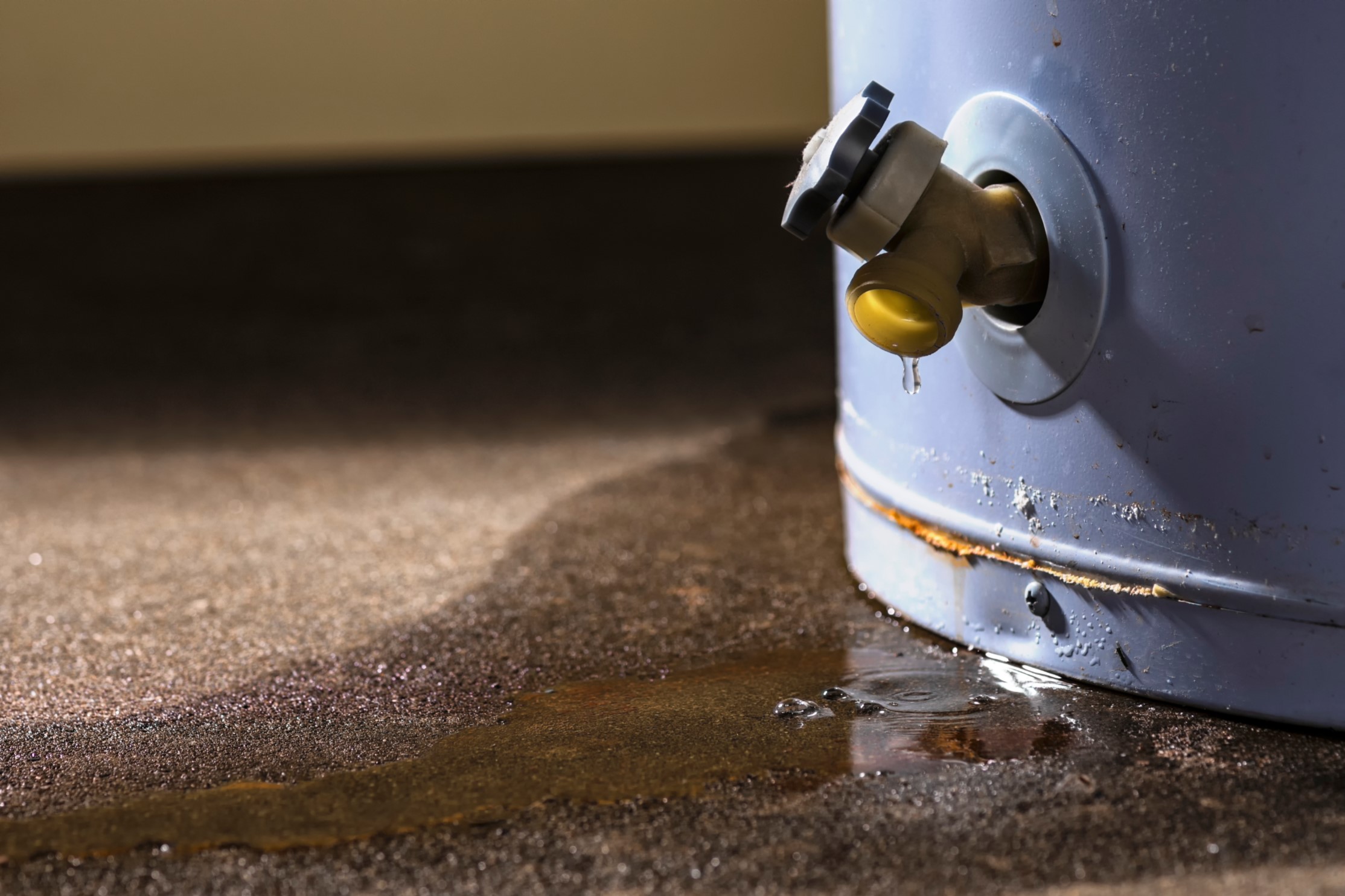Tips on How to Keep Your Home's Hot Water System Functioning WellProfessional Tips on Caring for Your Home's Hot Water System
Tips on How to Keep Your Home's Hot Water System Functioning WellProfessional Tips on Caring for Your Home's Hot Water System
Blog Article
Here further down you might get a good deal of outstanding points around How to Maintain Your Water Heater & Prolong its Life.

Warm water is crucial for day-to-day convenience, whether it's for a revitalizing shower or washing dishes. To ensure your warm water system runs successfully and lasts much longer, regular maintenance is essential. This post supplies sensible pointers and understandings on just how to keep your home's hot water system to avoid disruptions and expensive repair services.
Intro
Preserving your home's warm water system could appear daunting, but with a few simple steps, you can ensure it runs smoothly for years to come. This overview covers everything from recognizing your warm water system to do it yourself maintenance suggestions and knowing when to call in professional help.
Importance of Keeping Your Warm Water System
Normal maintenance not just expands the life expectancy of your hot water system yet likewise ensures it runs effectively. Overlooking upkeep can cause decreased efficiency, greater power expenses, and even premature failure of the system.
Indications Your Hot Water System Needs Upkeep
Recognizing when your warm water system requires interest can avoid major concerns. Look out for signs such as inconsistent water temperature, unusual noises from the heating unit, or corroded water.
Recognizing Your Warm Water System
Prior to diving right into upkeep jobs, it's helpful to understand the basic elements of your hot water system. Usually, this includes the water heater itself, pipes, anode poles, and temperature level controls.
Monthly Maintenance Tasks
Routine regular monthly checks can aid capture minor issues before they rise.
Flushing the Water Heater
Purging your water heater eliminates debris build-up, improving efficiency and extending its life.
Monitoring and Replacing Anode Rods
Anode poles avoid deterioration inside the tank. Examining and changing them when worn out is important.
Checking and Adjusting Temperature Level Setups
Changing the temperature level settings makes sure optimum performance and security.
Do It Yourself Tips for Upkeep
You can execute several upkeep jobs yourself to keep your warm water system in top condition.
Looking for Leaks
Frequently check pipelines and connections for leakages, as these can bring about water damages and higher expenses.
Examining Stress Relief Valves
Evaluating the stress safety valve ensures it works properly and protects against excessive pressure build-up.
Shielding Pipes
Protecting warm water pipelines reduces warmth loss and can conserve power.
When to Call a Specialist
While do it yourself maintenance is valuable, some concerns call for professional experience.
Facility Issues Requiring Expert Assistance
Instances consist of significant leakages, electrical troubles, or if your hot water heater is continually underperforming.
Regular Specialist Upkeep Perks
Expert maintenance can include comprehensive examinations, tune-ups, and ensuring conformity with safety and security standards.
Conclusion
Regular maintenance of your home's hot water system is important for efficiency, long life, and price financial savings. By adhering to these pointers and recognizing when to look for specialist aid, you can make certain a trustworthy supply of hot water without unexpected disruptions.
Water Heater Maintenance Tips
Test the TPR Valve
Shut off the power and the cold-water supply valve. Place a bucket under the pipe connected to the temperature-pressure-release (TPR) valve on the top or side of the tank. (This valve opens if the tank pressure gets too high.) Lift the valve’s tab to let some water out, then let go. If water keeps flowing, drain the tank partway, unscrew the old valve with a pipe wrench, and install a new one. Check the Anode Rod
Put a hose to the tank’s drain cock and let out a few gallons of water. Now fit a 1 1/16-inch socket onto the rod’s hex head on top of the heater (or under its top plate) and unscrew the rod. If it’s less than ½ inch thick or coated with calcium, buy a new one, wrap its threads with Teflon tape, put it back in the tank, and tighten securely. Use this segmented rod if headroom above the tank is limited. Drain the Tank and Wash Out Sediment
Drain the remaining water in the tank into the bucket, then stir up the sediment on the tank’s bottom by briefly opening the cold-water supply valve. Drain and repeat until clean water comes out of the hose. Close the drain cock, refill the tank, and turn its power back on. Adjust the Temperature
Find the temperature dial on the side of the tank and unscrew its cover. Adjust the dial to 120 degrees using a flathead screwdriver. For every 10 degrees the temperature is lowered, you can expect to save up to 5 percent in energy costs. Turn the water heater off or the thermostat down to its lowest setting if you plan to be away from home for more than three days. Insulate the Pipes
Buy some self-sticking 3/8-inch-thick foam pipe insulation that matches the pipes’ diameter. Slide the foam over the hot-and cold-water pipes as far as you can reach. Insulating the cold-water pipe prevents condensation in summer. Peel the tape and squeeze the insulation closed. If the pipe is 6 inches or less from the flue, cover it with 1-inch-thick unfaced fiberglass pipe wrap. https://www.thisoldhouse.com/plumbing/21016402/how-to-maintain-a-water-heater

Do you like more info about How to Maintain Your Water Heater & Prolong its Life? Make a remark down the page. We would be happy to hear your thoughts about this write-up. Hoping that you visit us again in the near future. Enjoyed reading our write up? Please share it. Let another person discover it. I love your readership.
Need Help? Hire Us Now! Report this page